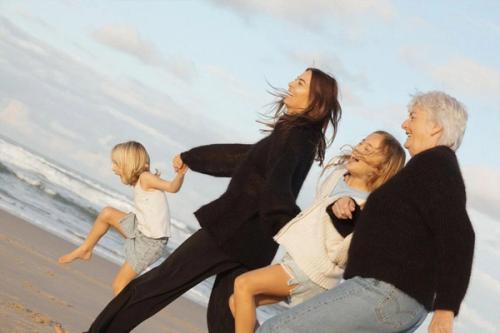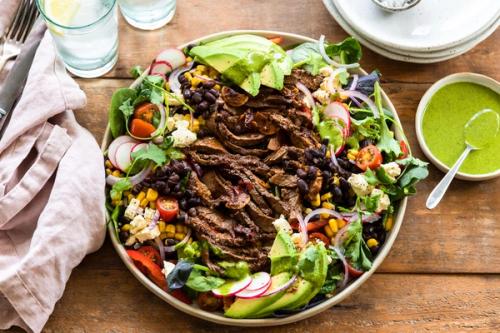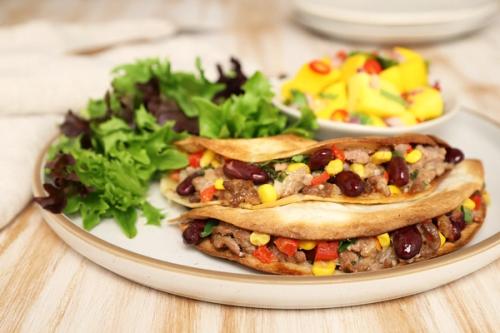Learn
Nutrition Iron: The mighty mineral for movementIron: The mighty mineral for movement
Iron is one of those nutrients we often hear about but don’t always pay much attention to, until we’re dragging ourselves through the day, wondering why we’re so tired. The good news? Iron is found in plenty of delicious foods, including New Zealand beef and lamb, which are among the richest and most easily absorbed sources of iron you can put on your plate.
Iron plays a huge role in helping our bodies move. Quite literally, it’s main role involves transporting oxygen from our lungs to every single cell in our body. And oxygen is what helps us create energy. No iron = less oxygen = low energy.
Think of it like trying to cycle with a flat tire and you have no spare, no pump, and no help in sight. That’s what happens when we’re low on iron. Oxygen can’t get to where it’s needed most, such as your brain and muscles, which leaves you feeling tired, weak, and maybe even a bit breathless. These are all common signs of low iron.


So, who's at risk?
Turns out, quite a few of us. Some groups need to be especially mindful of their iron levels such as:
- Teen girls
- People following restrictive or plant-based diets
- Women who are menstruating or pregnant
- Very active people and endurance athletes
When iron stores are low, it can impact everything from mental clarity to how well you perform during a workout, not to mention how quickly you recover afterward. That’s why including iron-rich foods (like New Zealand beef and lamb) in your weekly meals can really help keep your energy steady and your body performing at its best.
Tips to optimise your iron intake:
- Eat a mix of animal and plant sources - Haem iron, found in animal-based foods (like beef, lamb, pork, chicken, and seafood) and tofu is easily absorbed by the body. In contrast, non-haem iron from plant-based foods like legumes, leafy greens, and nuts needs, needs a little help to be absorbed effectively. The good news? You can give your body an iron boost by combining both types in the same meal. For example, a Mexican beef and bean salador abalsamic lamb and chickpea bowlgives you both haem and non-haem iron, a win-win for your iron stores and your taste buds.
- Add vitamin C to your meals - Vitamin C can enhance your body’s ability to absorb non-haem iron. It’s easy to include by adding foods like tomatoes, citrus fruits, capsicum, berries, and broccoli. So next time you’re preparing a chickpea salad, toss in some capsicum or finish it with a squeeze of lemon. Or pair a family favourite like these beef and bean burritoswith a fresh tomato salsa. Delicious and effective.




- Time your tea and coffee wisely - as comforting as a hot cuppa is, both tea and coffee contain tannins, which can reduce iron absorption. Try to enjoy these drinks between meals instead of with them.
- Plan meals around workouts - Intense exercise triggers the release of a hormone called hepcidin, which can temporarily reduce iron absorption. To optimise iron uptake, try to eat your iron-rich meals either before your workout or within two hours afterward, as hepcidin levels typically peak around three hours post-exercise.
Check out these iron-rich recipes for inspiration:
- Spring beef rump steak salad
- Chili beef and mushroom ramen noodles
- Lamb and bean quesadillas
- Beef rump steak protein power bowl

Posted by Beef + Lamb New Zealand








